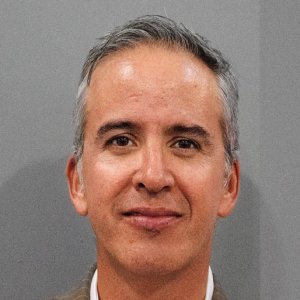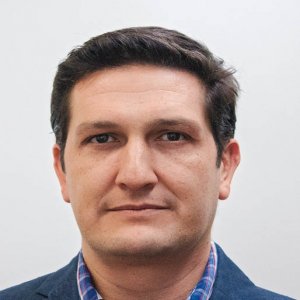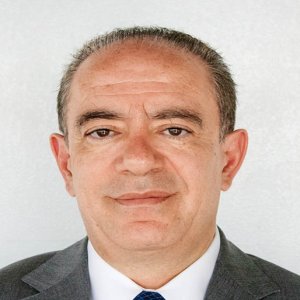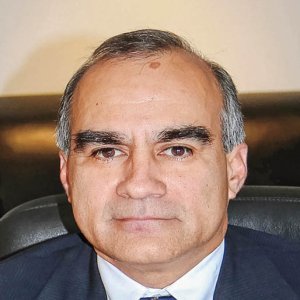Producer Poised to Prop Up Pipeline

STORY INLINE POST
With 222,000 ounces of gold produced from two mines deep in Sonora’s Sierra Madre gold country in 2016, Alamos Gold is already an established name in Mexico’s bullion industry. When the company’s extensive list of exploration and developmentstage projects and debt-free balance sheet are factored into the equation, Alamos Gold’s role in the national mining sector looks set to become increasingly pivotal.
“We permitted Phase 1 of the La Yaqui project, located in the Mulatos district, in 4Q16 and started construction almost immediately,” says John McCluskey, the company’s President and CEO. “We expect initial production from La Yaqui in 3Q17, delivering approximately 10,000 ounces of gold in the first six months before ramping it up to about 20,000 ounces in 2018.”
Within the next few years, the company expects to start developing the neighboring La Yaqui Grande deposit, which holds 600,000 ounces of gold at 1.4g/t and could become a 100,000oz/y producer, as well as bringing the Cerro Pelón project, where 220,000 ounces of reserves and resources have already been delineated, into production. “We have a further five exploration projects in the district that we will be exploring over the next several years and ultimately looking to develop,” says McCluskey. “Our growth pipeline for Mexico over the next few years is very strong.”
The timing is perfect. The company posted record overall production figures for the year with 392,000 ounces of gold, while generating US$35 million free cash flow. But Alamos’ third producing asset, El Chanate, is beginning to wind down and the company expects the mine to transition into residual leaching by 2020. Considering it has produced over 147,000 ounces of gold over the past two years, closure at El Chanate will leave a significant hole in annual production figures. Projects like La Yaqui and Cerro Pelón are vital to ensure the continued growth of the company.
But a strong project pipeline means nothing if the finances required to develop the assets are not available. To address this issue, in February 2017 Alamos Gold completed a US$250 million capital-raising effort. According to McCluskey, these funds will enable the company to develop a more open and dynamic business strategy. “The capital raising has strengthened our balance sheet and allowed us to become debt free,” he says. “This will allow Alamos to be more flexible and nimble when it comes to developing our growth pipeline.”
The results are already showing. On top of the Mexico-based projects, Alamos completed two positive feasibility studies for the Aği Daği and Kirazli ventures and a preliminary economic assessment at Camyurt, all in Turkey. Kirazli should be in production by 2019 and Aği Daği two years later. Depending on the outcome of another feasibility study scheduled for 3Q17, the Lynn Lake project in northern Manitoba could join them. “Combined, these three projects will add around 400,000 ounces of annual production to our portfolio,” says McCluskey.
But McCluskey is not blind to the unique set of challenges Mexico throws up. He is skeptical of the work carried out by the Mining Trust Fund, describing the system as “very inefficient” due to lengthy bureaucratic processes. Most importantly, he wants to see a change to the law that prohibits mining companies from writing off exploration costs for 10 years. “It is an extremely regressive policy,” he says. “Exploration is a necessary cost to keep the industry alive but instead of being treated as an expense it is being treated as an investment. This needs to be corrected if the federal government wants to see further investment in exploration in Mexico.”
But for McCluskey, there are encouraging signs that the policy and regulatory situation could be about to improve. Sonora Governor Claudia Pavlovich, in office since 2015, has stated that one of her administration’s main objectives is to protect and promote the local mining sector. This goodwill gesture is enough to convince Alamos to continue developing its assets in the state, for the time being at least.
“I am hopeful that the new administration will bring positive changes,” says McCluskey. “I have tremendous faith in the public officials in Mexico, and it is one of the reasons why we continue to invest in the country. Despite the challenges, we believe Mexico has a very bright future and we want to be a part of that success.”






















